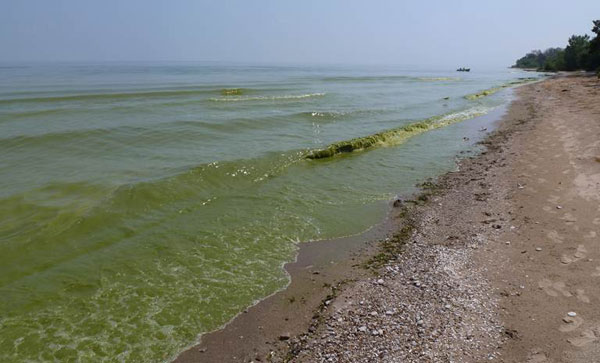
NOAA and its research partners are forecasting that western Lake Erie will experience a significant harmful algal bloom this summer. These blooms of cyanobacteria can pose a risk to human and wildlife health, resulting in higher costs for cities and local governments that need to treat drinking water; preventing people from enjoying fishing, swimming, boating, and visiting the shoreline; and harming the region’s vital summer tourism economy.
This summer’s bloom is expected to measure 7 on the severity index. An index above five indicates a potentially harmful bloom. The severity index is based on a bloom’s biomass—the amount of its harmful or toxic algae—over a sustained period. The largest blooms occurred in 2011, with a severity index of 10, and 2015, at 10.5. Last year’s bloom had a severity index of 3.6, while 2017 was 8.0.
The Lake Erie forecast is part of a NOAA ecological forecasting initiative that aims to deliver accurate, relevant, timely and reliable ecological forecasts directly to coastal resource managers and the public. In addition to the seasonal forecast, NOAA also issues bi-weekly forecasts during the bloom season.
